How to Buy Pearls: A Step-by-Step Buying Guide


You have decided to get on the pearl jewelry train. It is a good decision, but you may not know where to start. So, what’s next? Acquiring pearls goes beyond being able to afford them. Do you know how to spot pearls of high quality? Can you tell the difference between pearl types? What kind of pearls do you want? Have you determined your budget?
If yes, you might have to consider the factors that influence pearl pricing, such as pearl size, shape, color, and surface quality, before working with your set budget. Pearls are in a world of their own, and shopping for them is an art form. You need to understand them to make good decisions when buying.
Here is a Step-by-Step Guide on how to buy pearls. With this, you will understand pearl value factors, how to set your budget, how to choose a suitable pearl color, perfect pearl shape and size, how to find the right pearl vendor, and so on. All these factors help you get a great buy.
Choosing the Right Pearl Type

Learning about pearl types and their qualities is the first step to picking the right pearls. When this is done, every other thing will fall into place.
These pearls are cultured in Japan and are regarded as the most commonly produced pearls. They are famous for their natural pale colors like pink, white, black, and lavender, their glossy luster, and brilliant overtones. They are mostly off-round in shape and easily the cheapest pearl type on the market.
They are a variety of saltwater pearls cultured primarily in Japan and produced in Vietnam and China. They are popular for their unaltered white color. Though they come in small sizes of 5mm to 10mm, their remarkable roundness and sharp luster make them a superb choice for long necklaces and bracelets.
They come in dark colors, have a satin-like luster, and a metallic reflection. With sizes ranging between 8mm and 18 mm, Tahitian pearls exhibit a distinctive overtone that gives them a flamboyant appearance.
They are the most valued and exquisite pearl types because of their size, vibrant colors, and gold appearance. Their thick nacre gives them an impeccably sharp lustre which produces striking reflections.
Set Your Budget

How much you spend on buying pearls depends largely on the pearl type. Akoya pearls, suitable for long necklaces and bracelets, are around $200 to $10,000 for a fine strand, depending on size and quality. But for Tahitian pearls, expect to pay $150 to $2000. South Sea pearls would gulp between $1,000 to $10,000 as they are exquisite and expensive.
If you are operating on a tight budget, the most budget-friendly pearls are freshwater pearls. They are produced in mass and commonly used by jewelry designers, so you will find them in markets around you quite easily.
Understanding Pearl Value Factors

All pearl types have something in common. That is value indicators. The value of every pearl is mainly determined by evaluating the size, shape, luster, color, surface quality, and origin, as stated by the GIA.
Factors Influencing Pearl Value

Lustre: Described as the silky, glossy, or mirror-like appearance of the pearl surface, luster is the first factor that influences the value of pearls. It can be judged by merely looking at the pearl. Without a great luster, a large-sized, perfectly round pearl may be worth little.
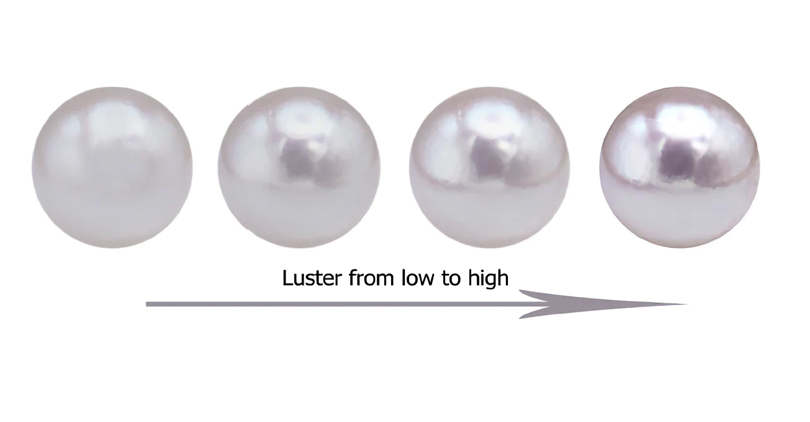
Size: Larger pearls take a longer period to form. For this reason, large-sized pearls are rare and highly sought after, and that, of course, influences the value of the pearl.

Shape: Round pearls are the desire of most pearl lovers, but here’s the thing, Oysters rarely produce consistent and perfectly round pearls. They are the most valued pearl shape. So, if you find well-rounded pearls, you can expect to pay more for them.
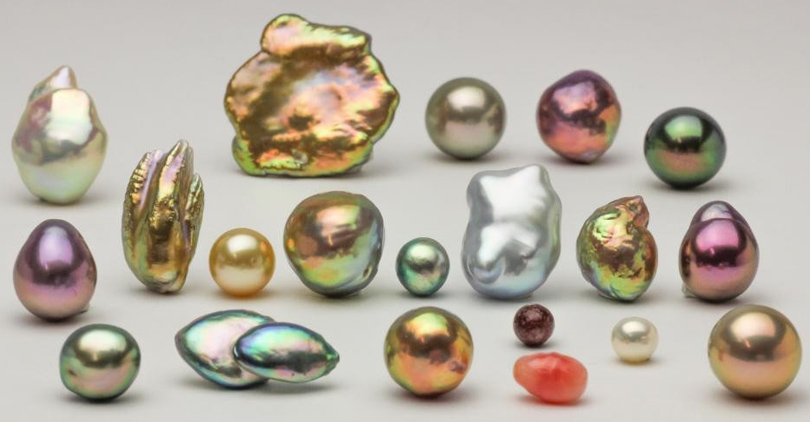
Color: the rarest and most sought-after pearl colors are those with an overtone and orientation. Blue pearls, peacock green Tahitian pearls, and South Sea pearls are in this category. They attract higher prices because of their overtone and orient. While all pearls have a body color, not all have an overtone, orient, or both.

Surface quality: Naturally, pearls come with some degree of imperfection, but while low-quality pearls have visible scratches, pits, and drills, pearls with high quality do not have blemishes that are visible to the bare eyes.

Origin: The price value of pearls is influenced by whether the pearl type is natural or cultured. Natural pearls are more expensive as they are gradually going into extinction.

Learn About Pearl Grading

It is important to understand Pearl Grading before deciding to purchase pearls. With grading, pearls are sorted and valued according to their quality. There is the AAA-A system where AAA is the highest grade and A the lowest grade, and the A-D scale is used, with A being the highest and D the lowest grade.
AAA-A Grade/A Grade: pearls of this grade have a brilliant luster and visible surface reflections. They are 95% clean and free from surface body blemishes.
AA+ Grade / B Grade: pearls in this grade have a surface quality of 90-95%, great reflection, and invisible blemishes.
AA Quality /C Grade: pearls of this grade have visible blemishes with good to high luster and blurry surface reflections.
A Quality / D Grade: these pearls have good but dull luster, blurry surface reflection, and 30 to 40% surface blemishes.
Choose a Suitable Pearl Color

Aside from having a likeness for certain pearl colors, it is advisable to consider your skin tone.
Gold color pearls are suitable for people with warm skin tones. They have a luxurious appearance and can range from deep gold to light champagne. Gold color pearls can easily elevate your style.
White pearls are associated with purity and class. They are universal and can suit any skin tone. Silver pearls, with their cool, metallic sheen, are great for cool skin tones. They bring modern sophistication to diverse outfits.
Black pearls are a good choice for you if you have a deep skin tone. Pairing them with contrasting colors makes a bold statement. Pink pearls are suitable for fair-skinned jewelry lovers. They go well with pastel or neutral-colored outfits.
Choose the Perfect Pearl Size

The 7mm to 8mm size range is the most versatile pearl necklaces and earrings. They are typically used for single-strand necklaces and can be worn just about anywhere and with anything.
For petite women, size ranges of 5mm to 7mm are best recommended, and for young girls, this size bracket will appear appropriate rather than too mature, but with larger pearl sizes come the appearance of luxury and class. sizes around 9mm to 10mm are best suited for women in their mid-thirties.
Note that the prices of pearls from 7.5mm begin to increase exponentially because larger pearls are rarer as they take longer to grow. So a 9mm to 10mm pearl will cost less than a 10mm to 11mm pearl of the same quality.
Finding the Right Pearl Vendor

To avoid buying fake or low-quality pearls, you want to make sure to:
Check the website. Every vendor should explain in clear terms who they are, how they grade their pearls, and their recommendations.
Beware of vendors whose prices are too good to be true.
Check for pearl certifications; they determine whether or not the pearls are authentic.
It is safer to buy from registered and reputable brands. Tiffany's and Mikimoto are two reputable luxury brands, while Whitevictoria offers high-quality pearls at more affordable prices.
Conclusion

Buying pearls will always be a timeless decision. Though the value of pearls is influenced by size, lustre, color, and surface quality, the amount you spend also depends on the pearl type you choose. So, whatever your choice is, Whitevictoria is your trusted vendor for real, high-quality pearls at excellent prices.
FAQ section

How do I know what pearls to buy?
If they have a shiny, glossy, or satin-like surface, and minimal imperfections, buy them. They are good quality pearls. Also, consider your color preference and fashion needs.
Are real pearls worth buying?
Yes. Real pearls are durable and retain their features and qualities over time. Hence, they have a strong resale value. Use our guide to learn how to identify real pearls.
Do pearls lose value with age?
Yes. Pearls are organic gems and so tend to lose value with time, but very high-quality pearls tend to hold value for longer. So, ensure you go for high-quality and original pearls to ensure your pearls retain value over time.


+K1021-1-700x700.jpg)


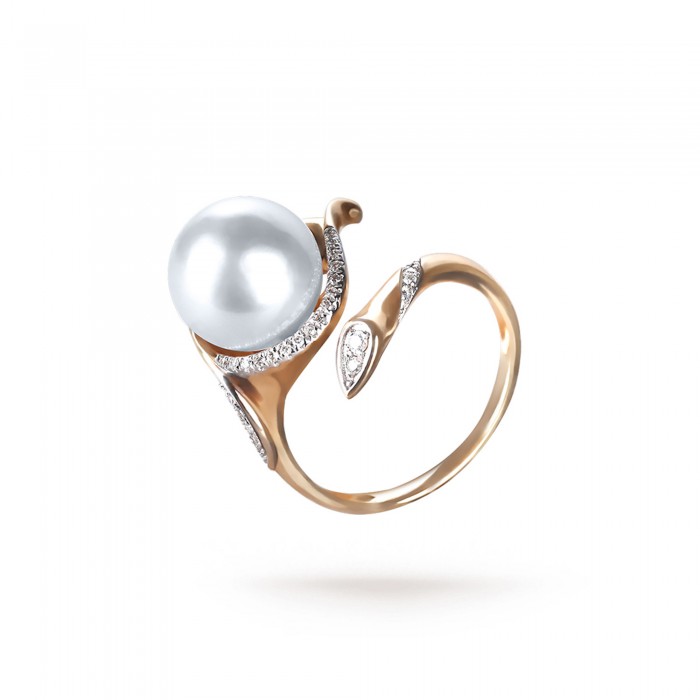
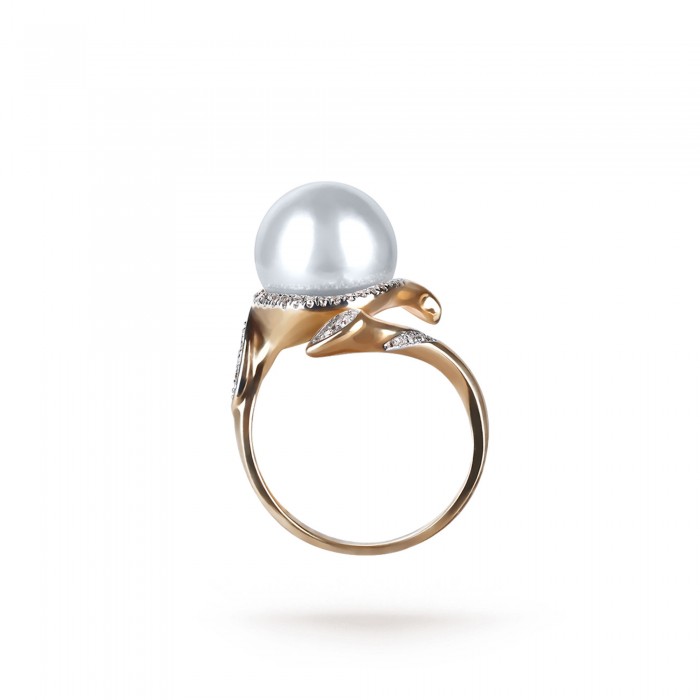
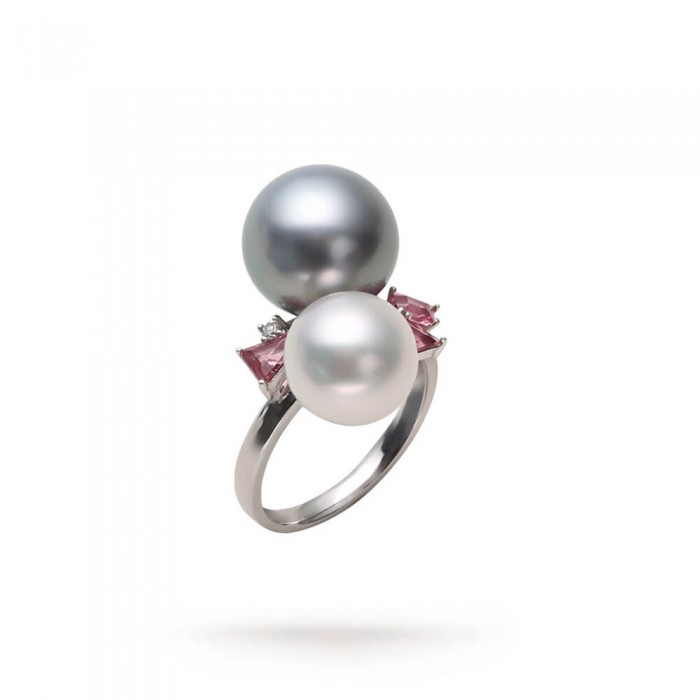
1 Comment(s)
I have a long strand of imperfect shaped pearls but seem a high quality in luster I would like to learn more about them n they’re value also there is a set of earrings of equal luster but very large pearls making up the earrings how do I send pix to someone n learn more about theese
Leave a Comment